Toyota is often a go-to brand for many consumers when purchasing a reliable and durable vehicle. The Toyota Highlander, in particular, has gained popularity over the years due to its spacious interior, comfortable ride, and impressive safety features.
Not all model years of the Toyota Highlander are created equal. We will delve into the Toyota Highlander years to avoid highlighting specific models plagued by mechanical issues or lackluster performance.
Whether you are considering buying a used Highlander or want to stay informed about the potential drawbacks of specific model years, this guide will provide valuable insights to help you make an informed decision.
Best Years For Toyota Highlander
2020
The 2020 Toyota Highlander is equipped with a powerful V6 engine. The car also boasts excellent fuel efficiency, making it an ideal choice for long journeys. Another feature of the 2020 Highlander is its impressive safety technology, including a pre-collision system and lane departure alert. With its spacious interior and advanced features, the Toyota Highlander continues to be one of the best choices in the SUV market for 2020.
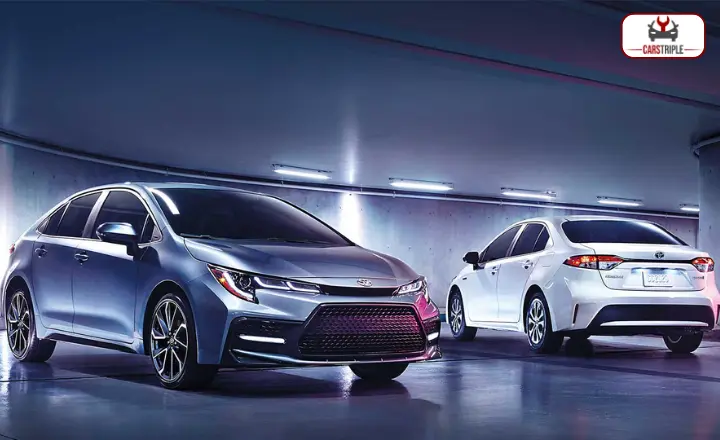
2021
The 2021 Toyota Highlander also boasts a spacious, comfortable interior with ample legroom and high-quality materials. It offers advanced safety features such as lane departure warnings, adaptive cruise control, and automatic emergency braking, ensuring the driver’s and passengers’ peace of mind.
The Highlander’s sleek exterior is modern and sophisticated, making it a stylish choice for those searching for a Hybrid SUV. The 2021 Toyota Highlander is a top contender, offering a powerful engine, advanced technology, safety features, and an attractive design that sets it apart from its competitors.
2017-Best Toyota Highlander Years
The 2017 Toyota Highlander model year has been the best year for this SUV. A feature that it introduced was its spacious interior, which can comfortably accommodate up to eight passengers. It is a game-changer for families or groups of friends looking for ample seating options. The Highlander is equipped with a powerful V6 engine that delivers impressive performance on the road.
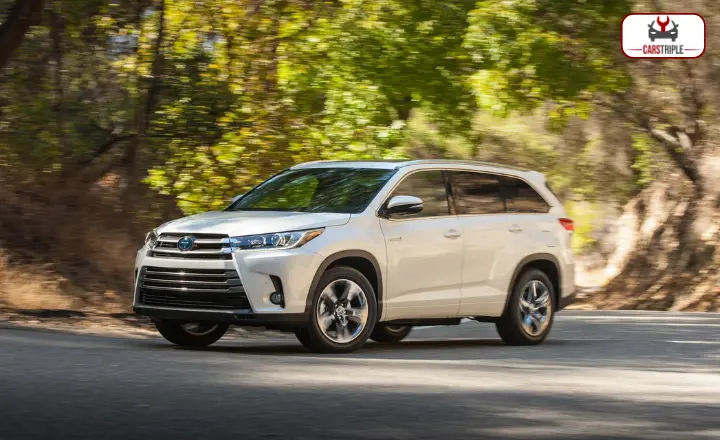
But this vehicle is special because of its disruptive software technology, revolutionizing the driving and passenger experience. With innovative features and advanced connectivity options, the 2017 Toyota Highlander offers an unmatched level of convenience and entertainment for everyone on board.
2018
For preventing accidents. The Toyota Highlander 2018 boasts impressive fuel efficiency, making it an ideal choice for long-distance travel or daily commuting. The spacious interior provided ample legroom and cargo space, ensuring a comfortable and convenient driving experience. With its reliability and advanced safety features, the Toyota Highlander 2018 undoubtedly stood out as one of the best choices in its class for that year.
2019-Best Years for Toyota Highlander
The 2019 Toyota Highlander stands out as one of the best years for this popular SUV. With its three rows and ample space for eight people, it prioritizes spaciousness, a feature that is no surprise.
Building on the success of the 2017 model, which first introduced this roomy interior, the 2019 version has practically perfected it. The premium feel inside has become a standard feature in this exceptional vehicle.
Toyota Highlander Years To Avoid
2003
It was plagued with numerous interior problems, such as faulty electrical components and malfunctioning air conditioning systems. The fuel efficiency of this SUV was abysmal, causing owners to spend a fortune on gas. Oil leakage was also a common issue, adding to the maintenance costs.
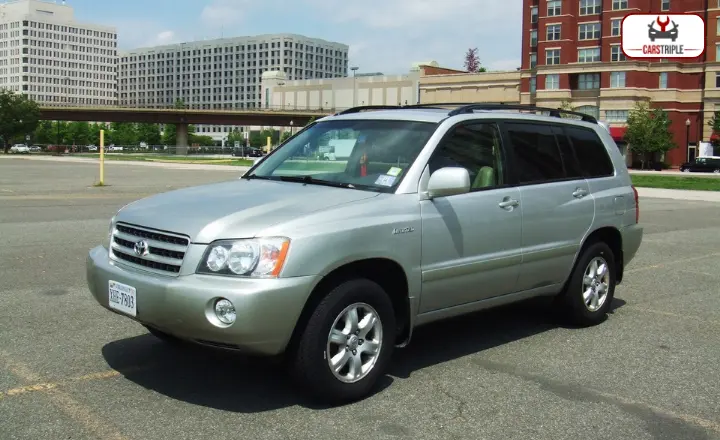
The engine also made strange whirring and popping sounds, indicating underlying mechanical problems to its reliability and poor performance. The 2003 Toyota Highlander should be avoided at all costs due to its extensive list of issues and lackluster performance.
2005
In 2005, the Toyota Highlander faced a primary concern with excessive oil leaks. This model posed a significant problem for owners as routine oil changes became considerably more expensive than other models.
What made matters worse was that the leakage resulted in sludge buildup within the engine, potentially leading to future transmission complications. This flaw in the 2005 Toyota Highlander raised concerns among owners regarding maintenance costs and the potential long-term reliability of the vehicle.
2008
Many users reported experiencing a decrease in gas mileage and noticed increased exhaust emissions when the oxygen sensor malfunctioned. It led to higher fuel expenses and environmental pollution potential issues with the engine’s fuel efficiency and emissions.
While the illuminated engine light may not directly affect the functionality of the 2008 Toyota Highlander, it serves as an important indicator of underlying problems that require attention for optimal performance and reduced environmental impact.
2012
The 2012 Toyota Highlander had limited space for storing luggage and other items. Despite these drawbacks, the 2012 Highlander offered a comfortable and spacious interior, making it a suitable choice for families or those looking for a versatile vehicle. The car featured good fuel efficiency and reliable performance on the road.
Potential buyers should be cautious of the steering lock issues and evaluate if the cargo capacity meets their needs before making a purchase decision.
2014-Worst Years for Toyota Highlander
The 2014 model had significant carryover issues from its previous version, including ongoing problems with transmission, heating, and air conditioning. It is unusual for manufacturers not promptly to address these issues from one year to another.
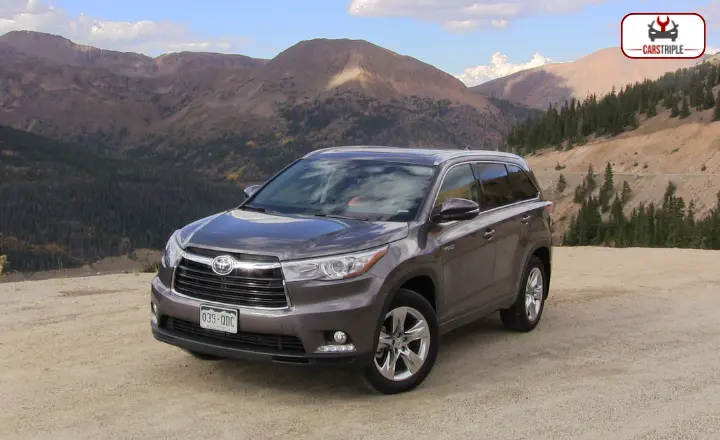
The 2014 model did not see any improvements in this aspect. The interior of this version could have been better built, further adding to the dissatisfaction of customers.
Which Toyota Highlander Generation Should You Buy?
When buying a Toyota Highlander, choosing which generation best fits you can be overwhelming. With several generations available, each with its features and improvements, it’s essential to understand the differences before making a final decision.
A Highlander generation will meet your needs whether you’re looking for more space, advanced technology, or enhanced performance.
1st Generation: 2000—2006
The first generation of the Toyota Highlander, from 2000 to 2006, showcased this improvement. Initially equipped with a 3.0L engine, the Highlander could go from 0 to 60 mph in 8.8 seconds upon its release.
As the generation progressed, Toyota introduced a larger and more powerful V6 engine that ultimately allowed the Highlander to achieve a significantly faster acceleration time of just 7.8 seconds.
This reduction of one second showcases the remarkable advancements made by Toyota in enhancing the performance capabilities of their popular SUV model.
2nd Generation: 2007—2012
The second generation of the Toyota Highlander was introduced in 2007 and lasted until 2012. A significant improvement in this version was its spacious 5-passenger interior, providing owners with ample room and comfort. It featured a reliable 4-cylinder engine paired with a six-speed automatic powertrain.
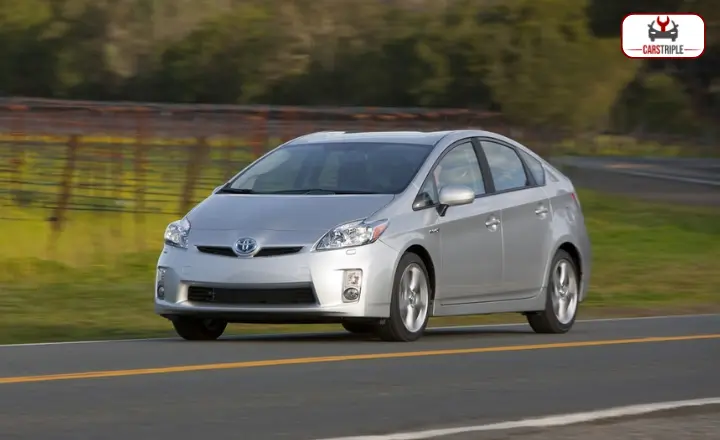
This powertrain allowed the Highlander to generate an impressive torque of 187lbft at 5,800 rpm, ensuring excellent performance on the road. With its better fuel efficiency than its predecessor, this generation achieved an impressive fuel economy rating of 24mpg in the city and 32mpg on the highway, surpassing the previous model’s figures of 19mpg and 30mpg, respectively.
These enhancements provide owners with a more enjoyable driving experience while also allowing them to save on fuel costs. With its improved interior space and increased efficiency, the second-generation Toyota Highlander was an attractive choice for families or individuals seeking comfort and economical operation.
3rd Generation: 2013—2018
The third generation of the Toyota Highlander was introduced in 2013 and lasted until 2018. The new eight-passenger seating arrangement was a notable upgrade, providing ample space for large families or groups. A standout feature was the sliding second row, which increased the opening by 4.3 inches, making it easier for passengers to access the third-row seats.
Toyota incorporated advanced technologies such as a lane-departure warning system, pre-collision warning, and blind spot monitoring systems. These additions significantly enhanced the vehicle’s safety, giving drivers peace of mind.
This third-generation Highlander boasted a user-friendly and modern interior with a 6.1-inch touchscreen display that offered compatibility with JBL audio systems.
This technology allowed for seamless integration between entertainment and navigation features, offering drivers a convenient and enjoyable driving experience.
The third generation is the combination of (best and worst years Toyota highlander) showcasing impressive advancements in both comfort and safety features. Its spacious seating arrangement and improved accessibility made it an ideal choice for those seeking practicality and convenience in their daily travels. With enhanced safety technologies and sophisticated interior design elements, this SUV gave drivers confidence while ensuring an enjoyable driving experience for all occupants.
4th Generation: 2019—Present
The Toyota Highlander, including the L, LE, XLE, Limited, and Platinum. The L trim level offers a wide range of standard features, such as LED headlights, taillights, and an 8-inch touchscreen display. Moving to the LE trim adds features like blind-spot monitoring and keyless entry. The XLE trim enhances the driving experience with leather seating surfaces and a power moonroof.
The Limited trim level takes luxury to the next level with heated and ventilated front seats. In contrast, the top-of-the-line Platinum trim offers a panoramic moonroof and a 12.3-inch touchscreen display for ultimate convenience and entertainment. With its spacious interior, advanced connectivity options, and various trim levels, the 4th generation Toyota Highlander provides a superior driving experience.
What Year Is The Most Reliable Toyota Highlander?
The 2020 Toyota Highlander is the most reliable model in its lineup. It successfully addresses the flaws of its predecessor and showcases significant improvements. As the middle vehicle of a technologically advanced era, it offers impressive features that enhance safety and security.
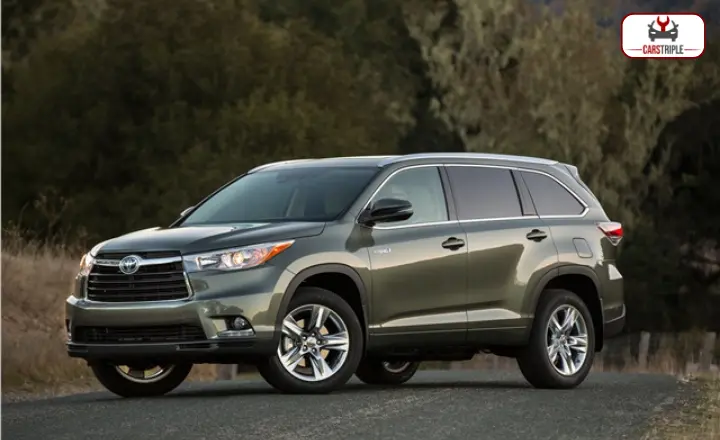
With its dependable performance and advanced engineering, the 2020 Highlander is a trustworthy choice for those seeking a dependable and efficient SUV.
What Are The Most Common Problems With Toyota Highlanders?
The Toyota Highlander is generally a reliable SUV, but like any vehicle, it can experience common issues that owners should be aware of. A common problem reported by Highlander owners is the check engine indicator coming on. It could indicate various issues, ranging from a loose gas cap to more severe engine malfunctions.
Another frequent problem experienced by Highlander owners is oil spills and a drop in oil pressure. It could be caused by a faulty gasket or seal, leading to potential engine damage if not addressed promptly.
The airbag detector in some Highlanders has been known to malfunction, causing the airbag warning light to remain illuminated even when there is no issue with the system. While this may not affect the airbags’ functionality, it can annoy owners.
It’s important to note that these are just some of the commonly reported problems with Toyota Highlanders, and they do not represent all potential issues that one may encounter. Regular maintenance and servicing can help detect and prevent many problems before they worsen.
How Many Miles Will A Toyota Highlander Last?
Regarding longevity, the Toyota Highlander is a reliable and durable vehicle. With an average lifespan of 300,000 miles, this SUV can go the distance before needing major replacements or improvements. It is excellent news for those looking for a long-lasting and low-maintenance option in their vehicle choice.
What Are The Closest Competitors To The Toyota Highlander?
One such competitor is the Kia Telluride. Known for its spacious interior and comfortable seating, this SUV offers similar features to the Highlander at a more affordable price point.
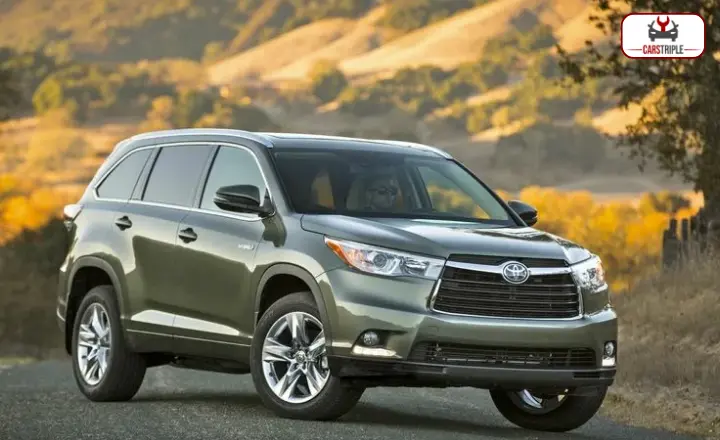
A strong contender is the Jeep Grand Cherokee. Its rugged exterior and powerful engine options appeal to those seeking off-road capabilities and comfort for everyday driving. While not as fuel-efficient as the Highlander, the Grand Cherokee makes up for it with its towing capacity and luxurious cabin design.
The Hyundai Palisade is another rival to the Toyota Highlander. Boasting three rows of seating and an impressive list of safety features, this SUV stands out in terms of value for money.
Finding About Toyota Highlander years to avoid
While the Toyota Highlander is generally a reliable and popular SUV option, certain model years have been plagued with numerous issues. Toyota Highlander years to avoid are 2003, 2008, and 2014 due to their high number of reported problems and costly repairs. It is important for potential buyers to thoroughly research and consider these issues before making a decision.
It’s worth noting that newer model years have improved reliability and quality. Prospective buyers should take the time to carefully examine the specific model year they are interested in purchasing and consider alternative options if necessary.
FAQs
Are there any safety concerns associated with particular model years of the Toyota Highlander?
The 2012 and 2016 models have received lower safety ratings compared to other years due to issues such as inadequate airbag protection or faulty braking systems.
Which recent year(s) of the Toyota Highlander generally received positive customer reviews?
In recent model years, like 2018, 2019, and 2020, Toyotas Highlanders have received positive customer reviews with fewer reported problems or concerns.
